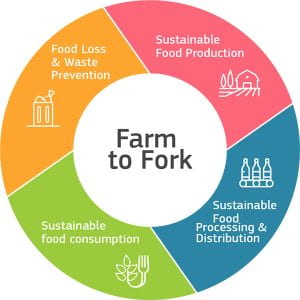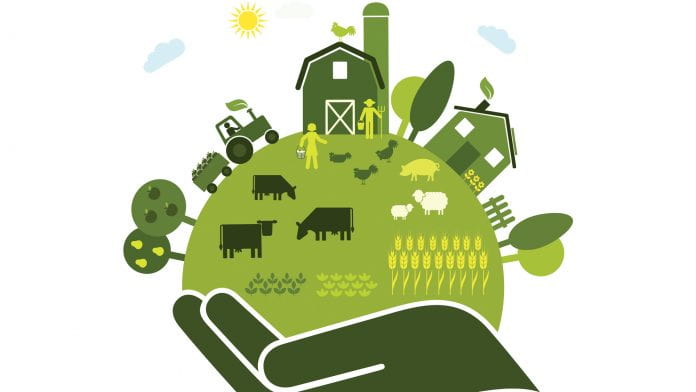Bon Appétit! Now that you know the differences between the slow food movement versus farm-to-table, it is time to apply these concepts and compare the food industries in the United States and Europe.
The United States food industry is vastly different from Europe. Not only does the United States produce food and food substances on a larger scale, but they have a much bigger population than individual countries in Europe. While producing foods in factories and importing food may be time and cost-efficient, is it really sustainable and healthy?
According to the FDA, the United States imports about 15% of its overall food supply. When you break this statistic down, nearly 125,000 food facilities from over 200 countries supply 32% of our fresh vegetables, 55% of our fresh fruit, and 94% of the seafood Americans consume yearly. This adds a new challenge to the safety of the food we ingest. The imports of food from foreign countries have to be given greater caution by the FDA which, counterintuitively, is costly and time-consuming.
On the contrary, European manufacturers have been working on the idea of “farm-to-table” for years. This is all thanks to the European Green Deal, “Farm-to-Fork”, that began in July 2021.

This strategy is meant to “…achieve environmental health and social benefits, which contributes to the sustainable development of the European Union.” Some of the objectives of this deal include allocating a quarter of the land for organic farming and reducing the use of chemical pesticides by half.
When comparing European food methods to the United States, Europe strives for higher quality, fresher foods, and bans foods that contain hormones and additives (which United States’ food is filled with). Europeans take a more proactive approach by first being cautious with what food(s) to consume before it enters their body. However, the United States takes a more reactive approach and eats lots of foods with additives that have negative effects on the body.
So, when comparing the farm-to-table method in Europe versus the fast, mass-producing chain of the United States, which one seems like the better option?
Of course, each way of eating comes with its own set of cons. While the farm-to-table movement is a healthier eating option, it becomes more expensive as the food is purer and organically sourced. Due to terms like “farm-to-table” and “locally sourced” not being regulated, they can also be used to market any product. This leads to the misrepresentation of products and causes confusion for consumers looking for authentic, locally sourced goods.

Now that you know the differences between the US and European food industries, where will you be having your next meal?

